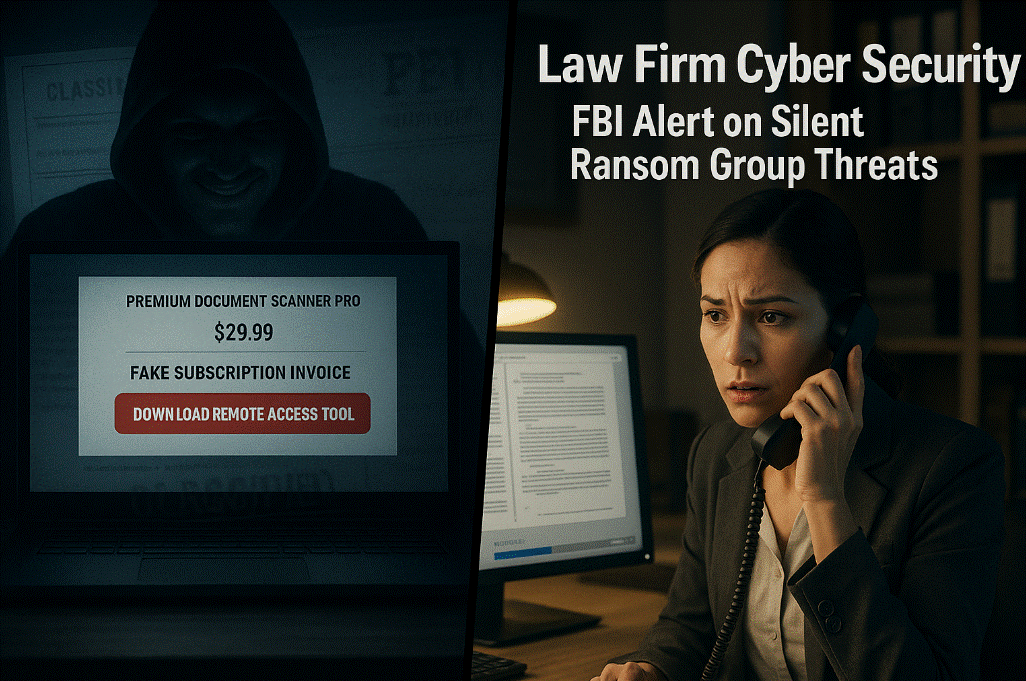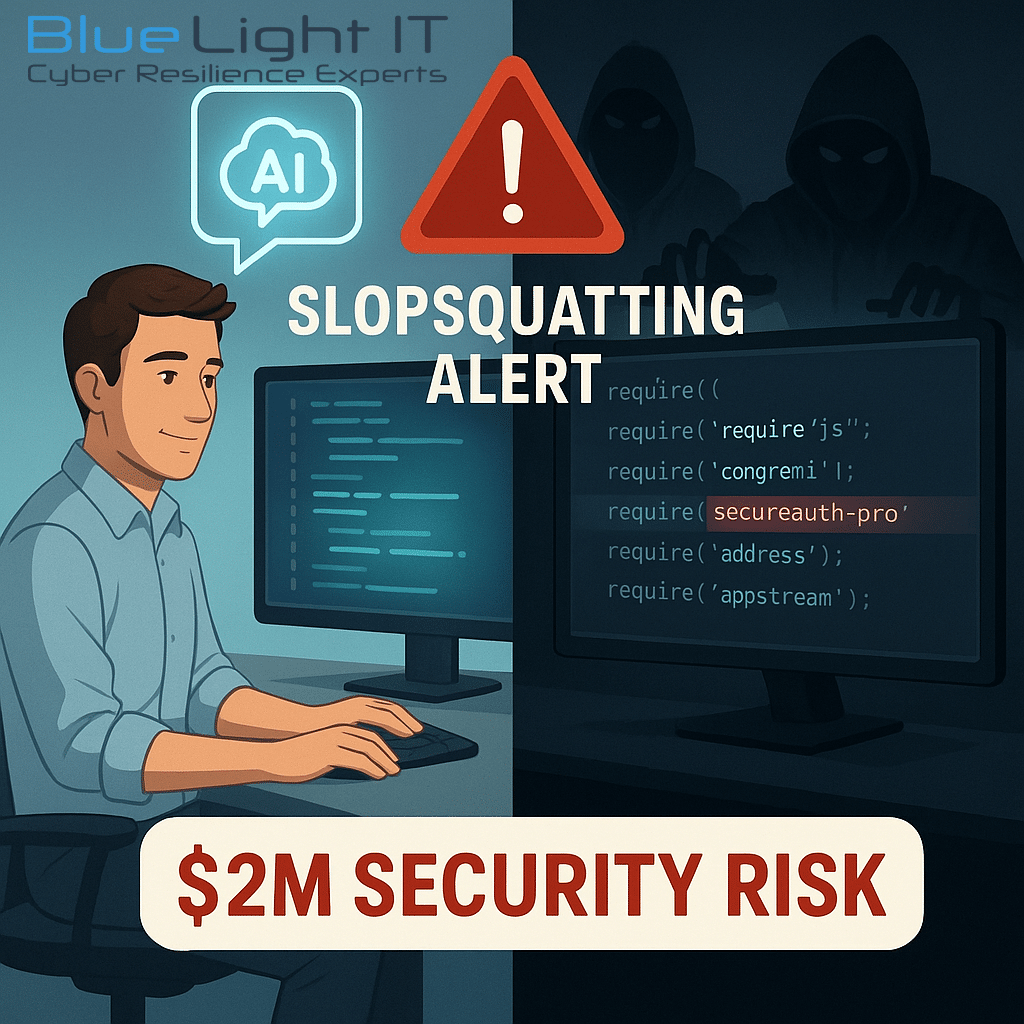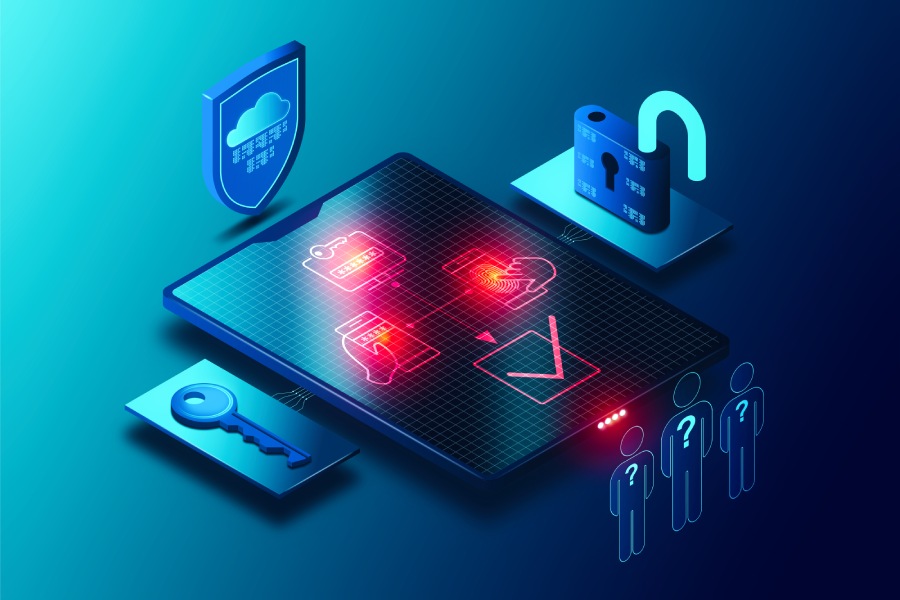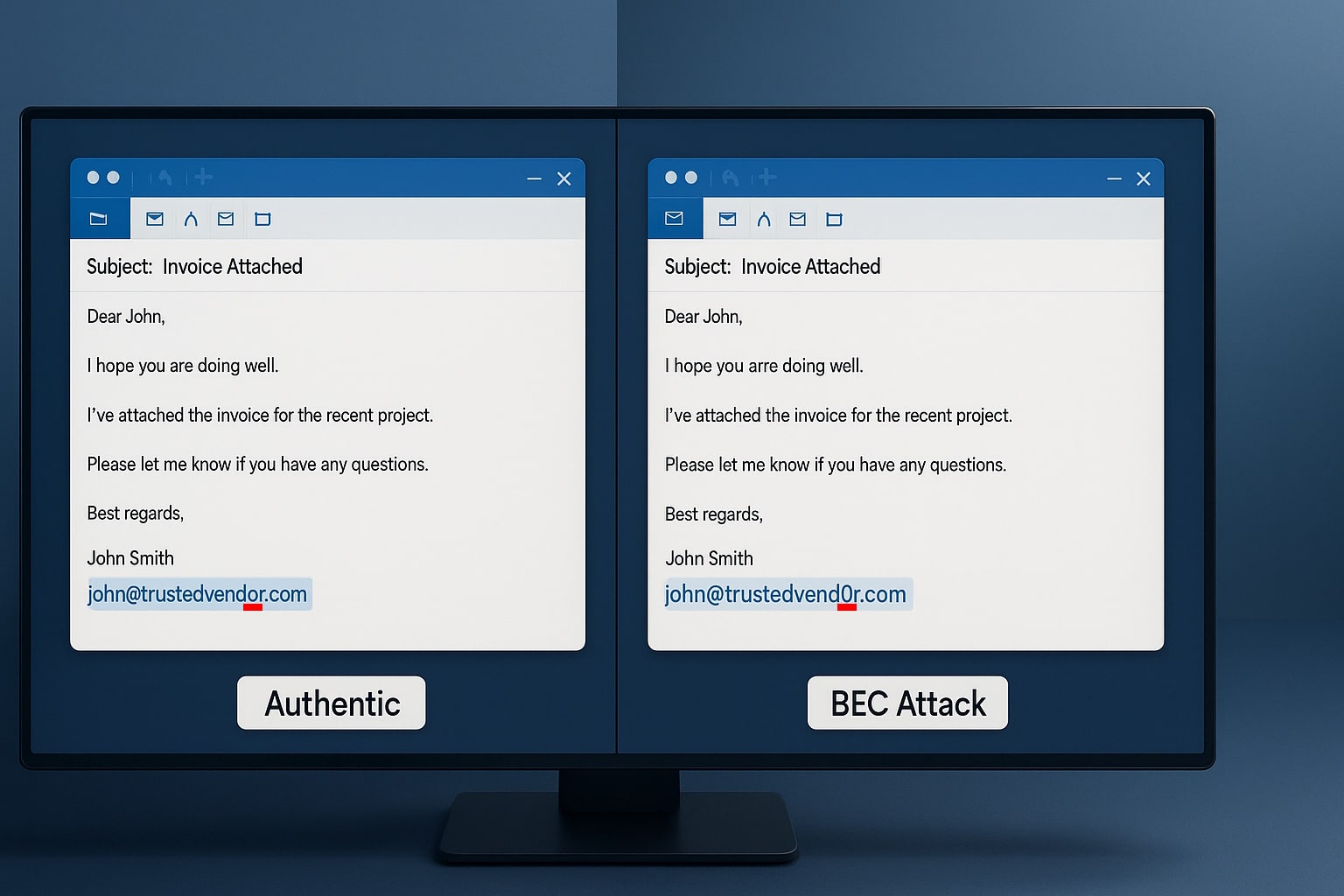With the increasing threat of data breaches, many organizations are turning to multifactor authentication (MFA) to help protect their systems and data. MFA adds an extra layer of security by requiring users to provide two or more verification factors when logging into a system.
These factors can include something you know, something you have, and something you are. While MFA can be an effective security measure, it is essential to understand that it is not foolproof.
Need to Explore Your Options?
For example, if a hacker obtains a user’s password, they could still gain access to the account if the only other factor required is something the user has, such as a hardware token.
That is why it is so important to have secure passwords in place to begin with, to deter hackers from ever gaining access to your accounts in the first place. Additionally, MFA can be inconvenient for users, as they must remember to carry multiple forms of identification with them at all times. When implementing MFA, it is essential to strike a balance between security and usability.
Most people are aware that they should use multifactor authentication to protect their online accounts. However, there is still a lot of confusion about what multifactor authentication is and how it works. This article will give you a brief overview of multifactor authentication and explain why it’s such an important security measure.
How Does MFA Work?
Multifactor authentication (MFA) confirms a user’s identity by requiring them to provide two or more pieces of evidence. The most common type of MFA is two-factor authentication (2FA), which requires the user to provide both a password and a second factor, such as a one-time code generated by an app on their phone. While 2FA is much better than relying on a single password, it’s still possible for attackers to intercept the one-time code and gain access to the account.
Three Factor Authentication
For this reason, many companies are now moving to three-factor authentication (3FA), which adds a layer of security by requiring the user to physically possess a device, such as a security key or token. 3FA makes it much harder for attackers to access an account, even if they have the victim’s password and one-time code.
Why Multifactor Authentication is Important
While MFA can seem like a hassle, it’s important to remember that it’s only necessary because passwords alone are no longer sufficient to protect our online accounts. Using MFA, we can make it much harder for attackers to access our sensitive data and protect our online identities. By making users pass through multiple levels of verification before being able to access data or accounts, you are lessening the opportunities for non authorized users to access data that they should not be able to access.
Need to Explore Your Options?
Bottom Line
Multifactor authentication is an essential tool for protecting online accounts. Requiring users to provide two or more forms of identification helps ensure that only authorized individuals can access sensitive information. While multifactor authentication can be inconvenient, its added security is well worth the effort. In an increasingly digital world, businesses and individuals must safeguard their data, and multifactor authentication is an effective way to do so.
Related Posts

Law Firms Beware: The Silent Ransom Group is Calling
read more

Slopsquatting: The AI Security Threat Every Development Team Must Address
read more

